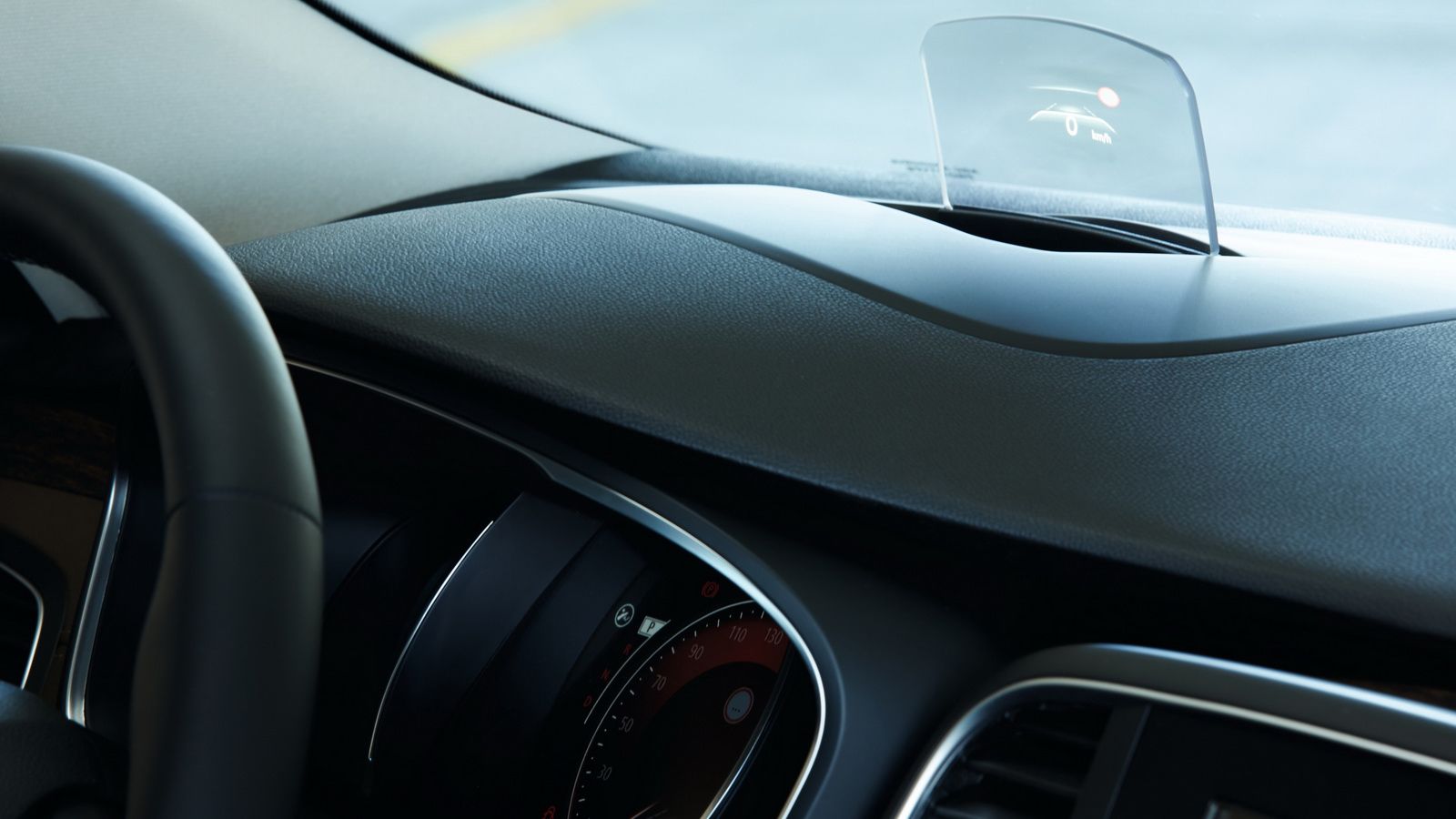Carmakers love to brag about the technology->ke1701 that they can cram into cars, and any press release announcing a new or updated model will be accompanied by a long list of the advanced features it offers. This is especially true when it comes to infotainment technology, and this makes sense since this is the technology that the customer is likely to have the direct contact with. But a new survey from J.D. Power suggests that much of that may be a waste of time, as customers aren't using the features very much.
The survey tracked the use of 33 different technological features being sold on new cars and found that at least 20 percent of customers weren't using 16 of them at all. Among the least used features were in-vehicle concierge (43% never used); mobile routers (38%); automatic parking systems (35%); head-up displays (33%); and built-in apps (whatever that means) (32%). In essentially every case of a technology not being used, the reason given was that the owners did not find it useful, and only had it because it was bundled with other features. The survey was for those in the first 90 days of ownership, as after that, it's generally found that features owners haven't used yet won't ever be used.
Continue reading for the full story.
Why it matters.
When asked about features features that they don't want in their next car, at least 20 percent didn't want a total of 14 different features, but that figure rose dramatically when it came to younger buyers. Millenials believed that they could do without 23 different features, particularly those relating to entertainment and connectivity. The reason is simple enough to understand, younger buyers would just rather use their phones or tablets for these things. Those devices have the features they want and are used to. Although it's interesting to note that Apple CarPlay and Google Android Auto were on the list of unwanted features, despite being designed specifically so that users can interact more easily with the entertainment and connectivity features of their phones via the vehicle's infotainment system.
Some parts of the survey are pretty unsurprising. For example, features that dealers don't tell customers about or don't come already activated on the car are far less likely to be used. In many cases this is because the buyer isn't aware that they even have these features. Safety technologies like lane departure warnings were popular, as were anything that gives vehicle health information.
Including features that buyers won't use is a waste for everyone involved. In the case of some of these features, there is a safety issue, as any time that a driver uses a smartphone app instead of one built in to the car, the distracted driving risk increases. In these instances, it is in the manufacturers' best interest to get the features right; intuitive and easy to use.
Insurance companies are also monitoring new infotainment technology. Do the "connected" features encourage using the phone, when many drivers might otherwise simply wait til they stop to make a call? And there's another financial aspect besides the buy-in cost of these features: they are driving auto repair and replacement costs up. The law of unintended consequences is at play here, and time will tell how things will evolve going forward. Driver safety aids are great, but when it comes to other features, it will be interesting to see if any just get dropped.

